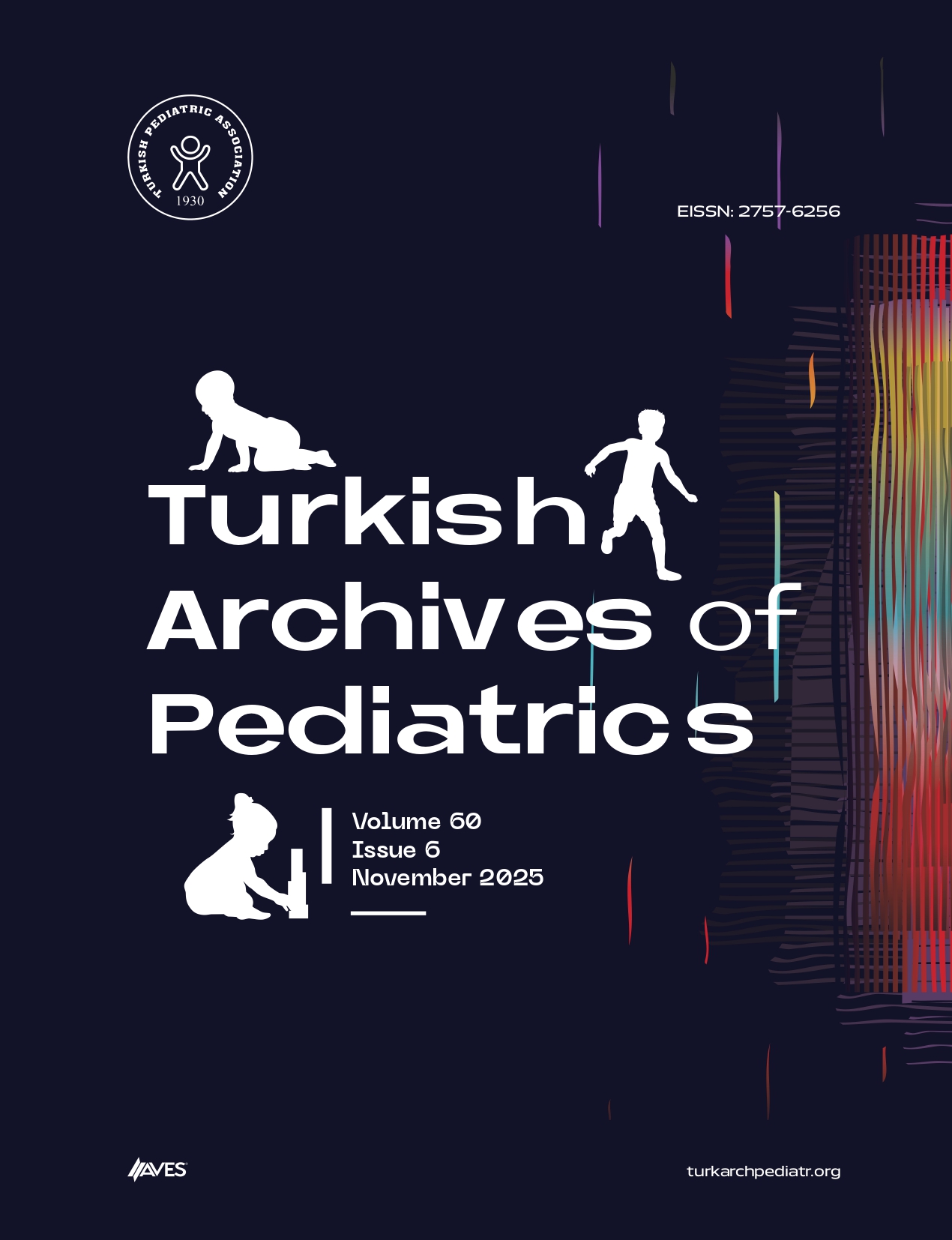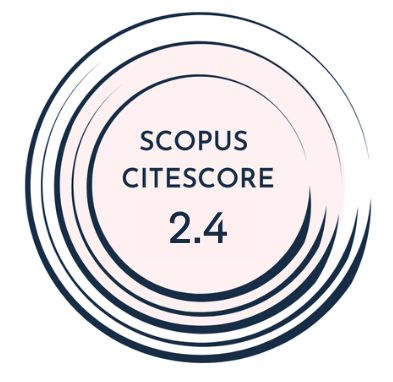Objective: The aim of the study was to evaluate respiratory syncytial virus (RSV) infections in cases followed in the pediatric intensive care unit (PICU).
Materials and Methods: The study was designed as a prospective cohort in 6 PICUs. There were 3 groups: only RSV (+), RSV (v+) who were positive for another viral agent(s) in addition to RSV, and RSV (b+) who were positive for a bacterial agent(s) in addition to RSV.
Results: A total of 119 cases were included in the study, 67 (56.3%) of whom were male. The RSV (+) group had a lower pH compared to the other groups and a higher rate of acute bronc hiolitis/bronchitis diagnoses compared to the RSV (v+) group. The RSV (v+) group had higher bicarbonate levels, higher creatinine levels, longer hospital stays, and higher Pediatric Risk of Mortality-3 scores (PRISM-3) compared to the RSV (+) group. Cases with RSV (b+) were younger and also had lower body weight compared to the other groups. Furthermore, the RSV (b+) group had higher C-reactive protein and Procalcitonin (PCT) levels and higher rates of
High Flow Nasal Cannula-Oxygen Therapy (HFNC-OT) use. Multiple linear regression analysis revealed that PRISM-3 score, PCT levels, Pediatric Acute Respiratory Distress Syndrome diagnoses, inhaled steroid use, chronic illness status, and heart rate on admission were associated with the length of stay in the PICU.
Conclusion:High flow nasal cannula-oxygen therapy continues to be the most frequently preferred respiratory support method in RSV infections. Viral infections accompanying RSV can increase the severity of the disease.
Cite this article as: Koçoğlu Barlas Ü, Akçay N, Telhan L, et al. Respiratory syncytial virus infections in pediatric intensive care: Association of sociodemographic data and clinical outcomes with viral and bacterial co-infections. Turk Arch Pediatr. 2024;59(5):494-500.



.png)

